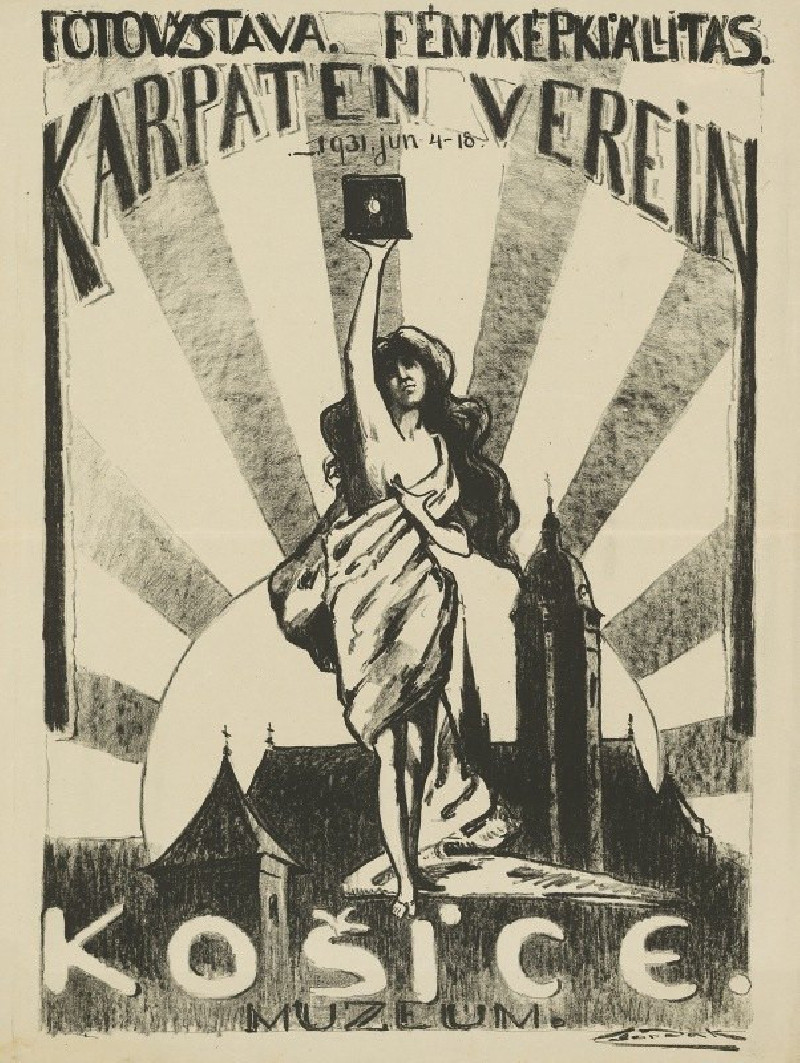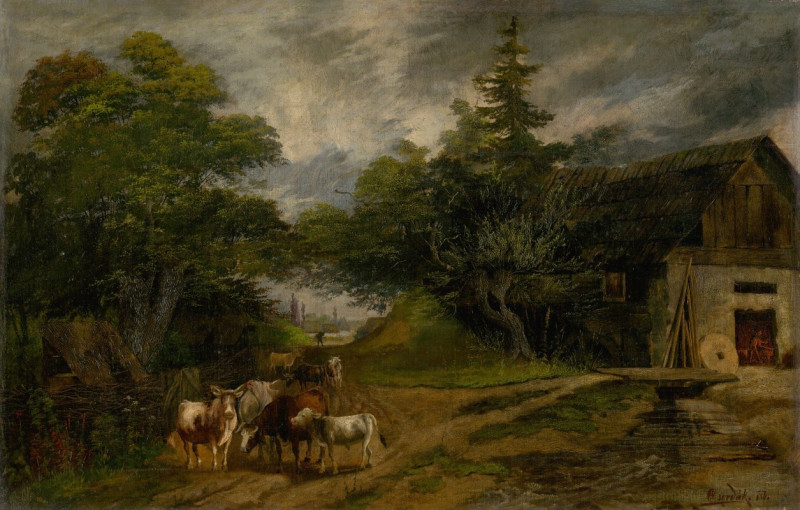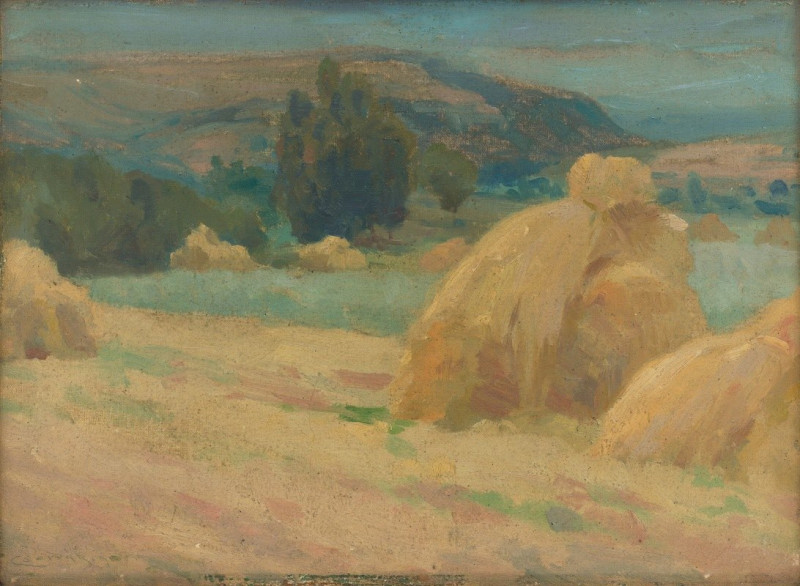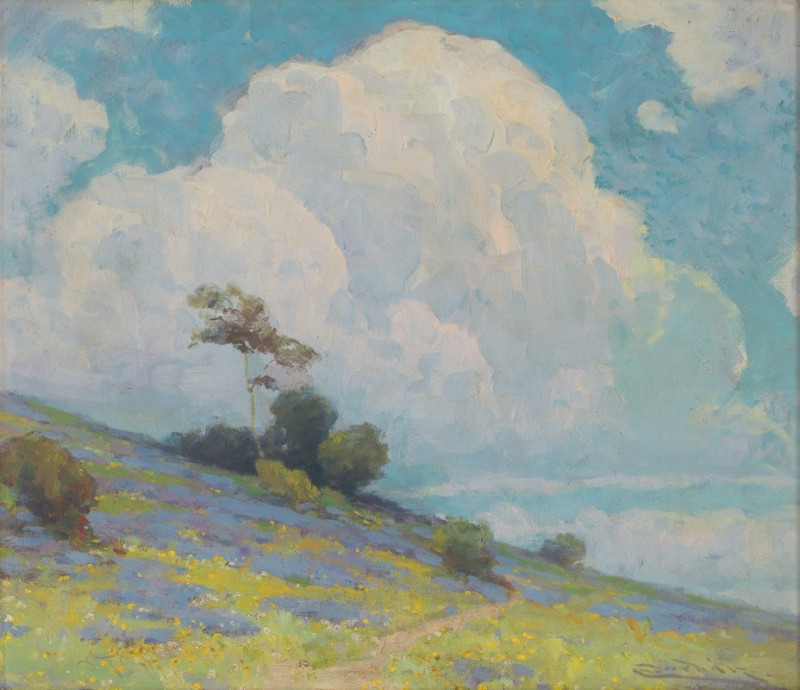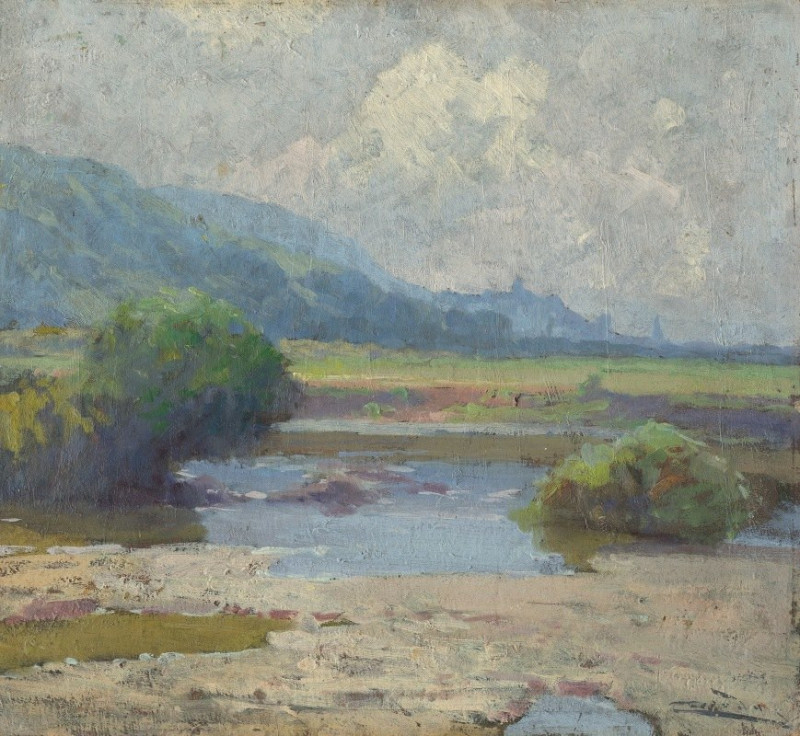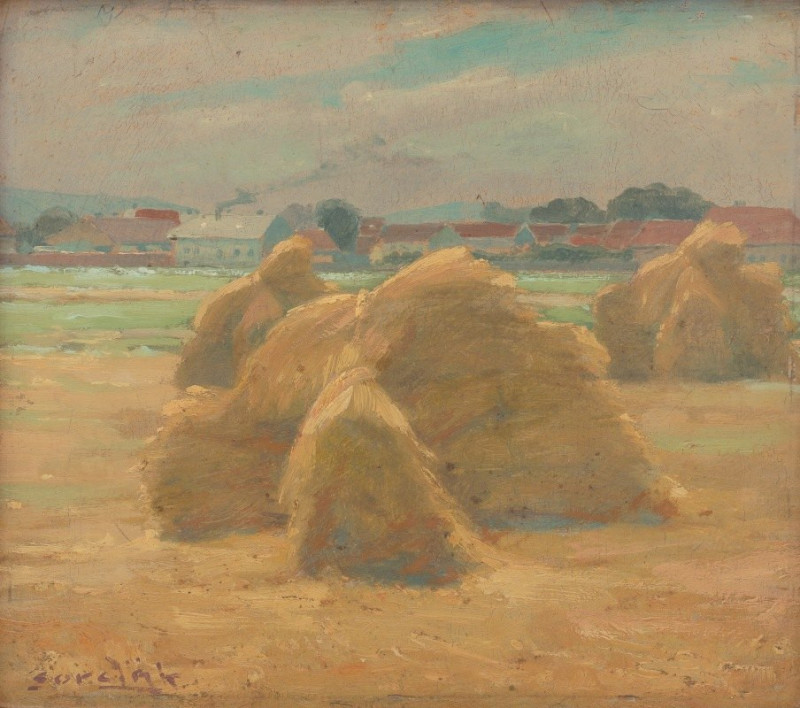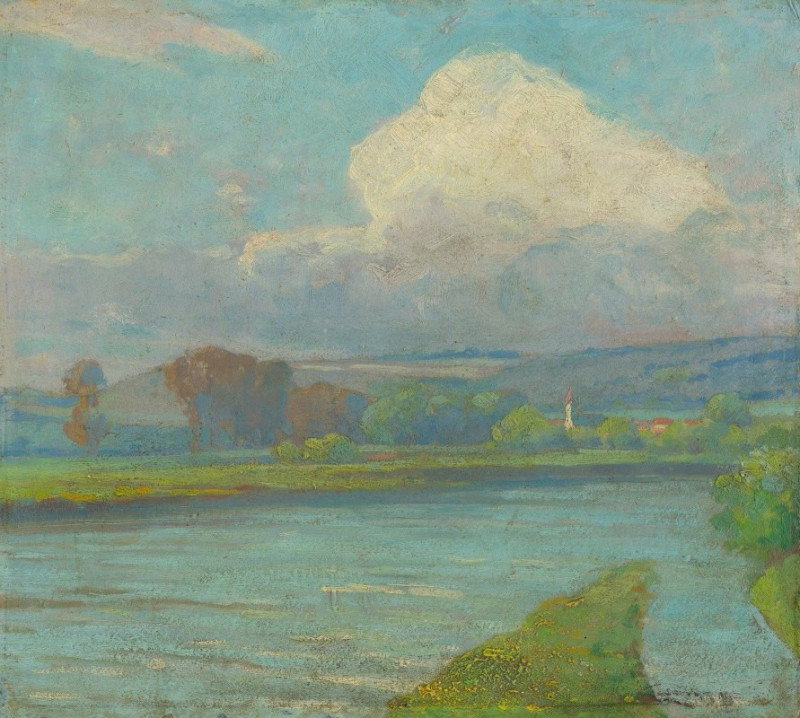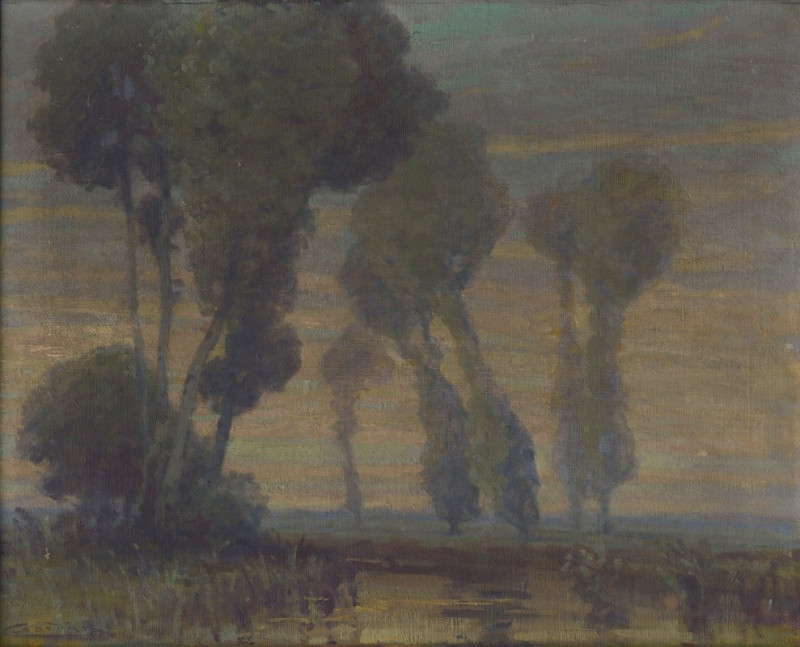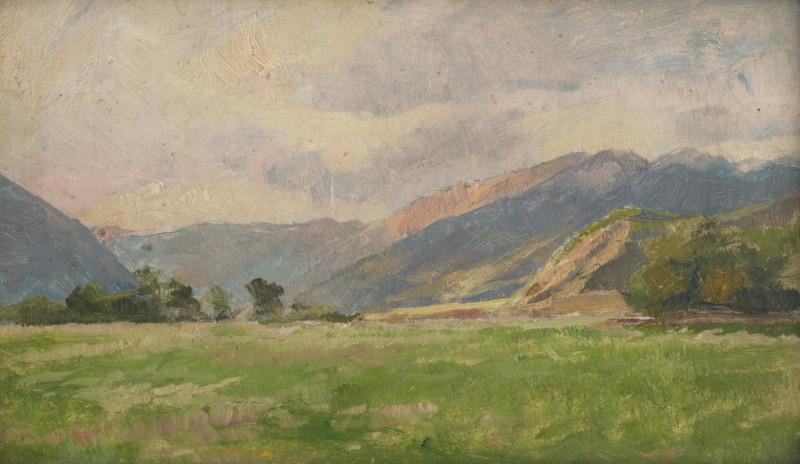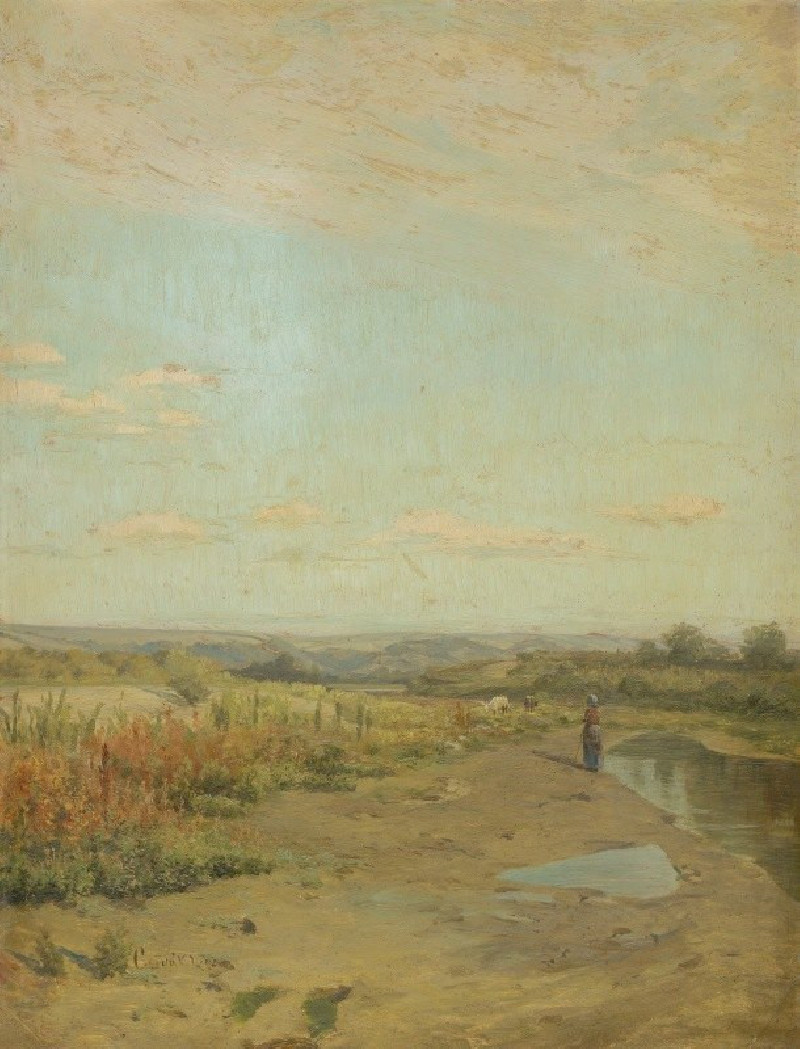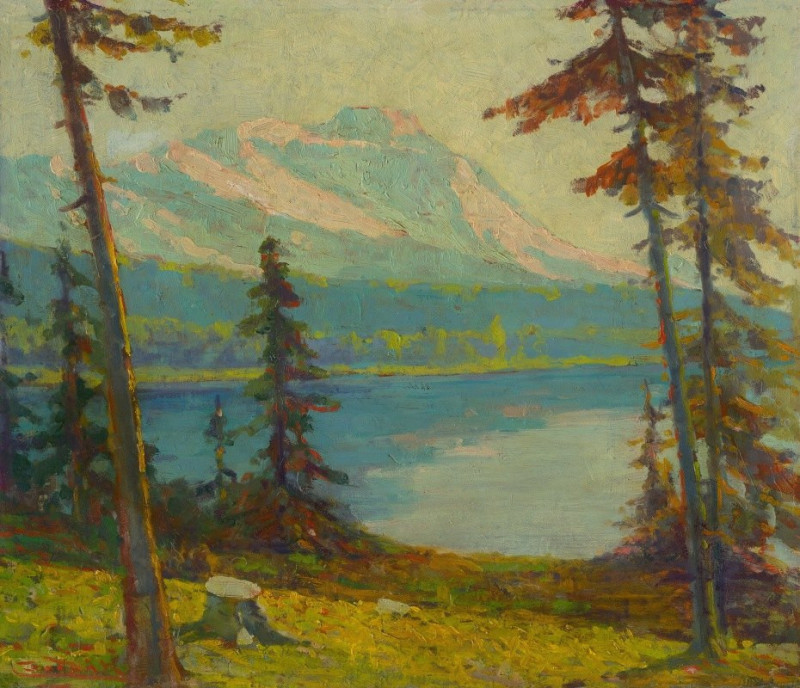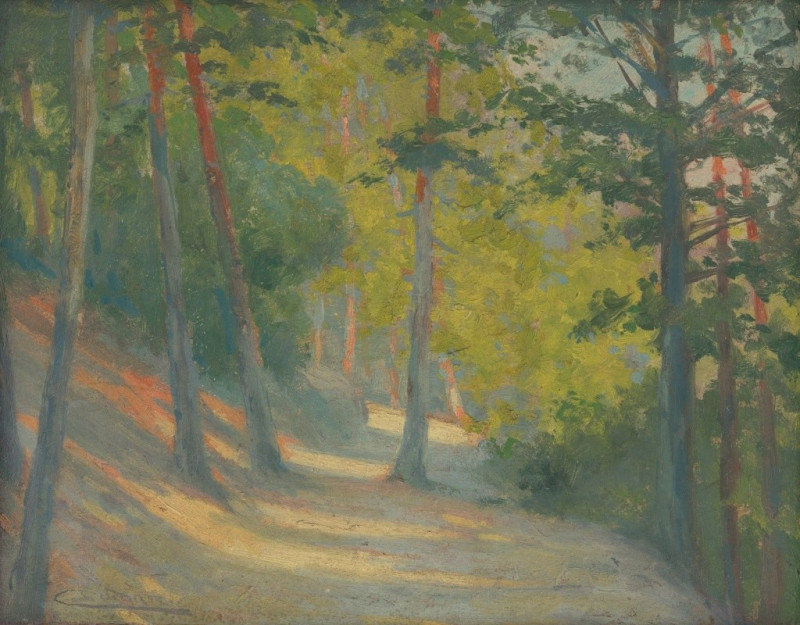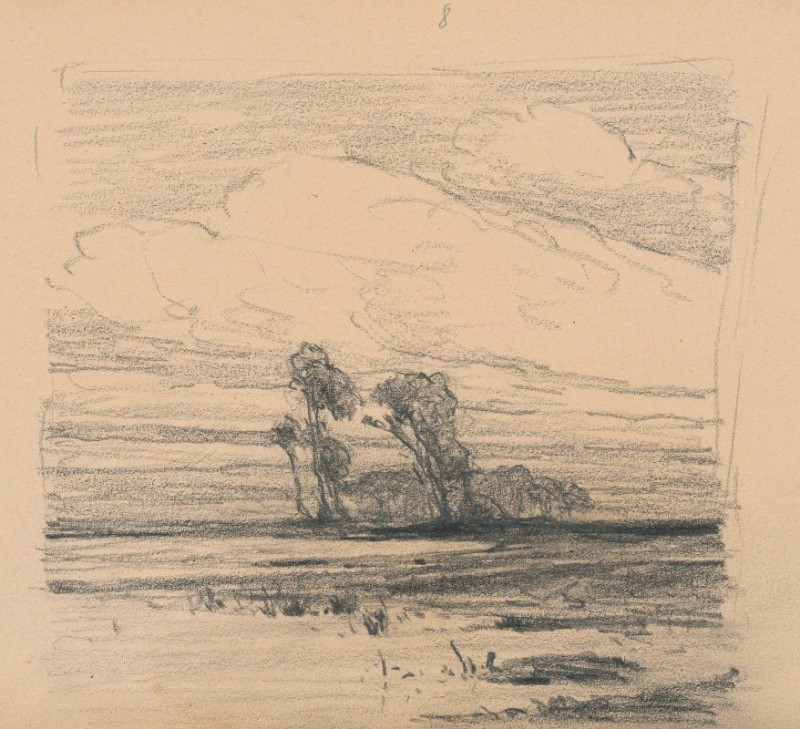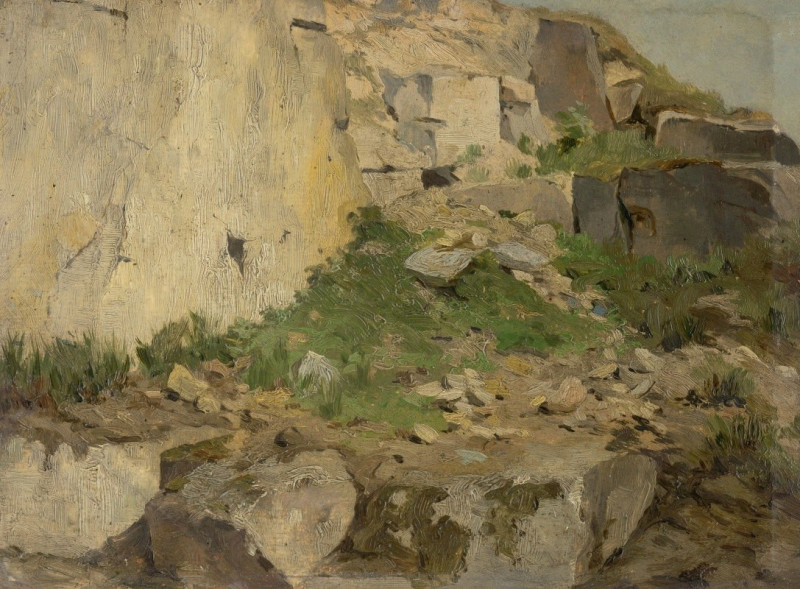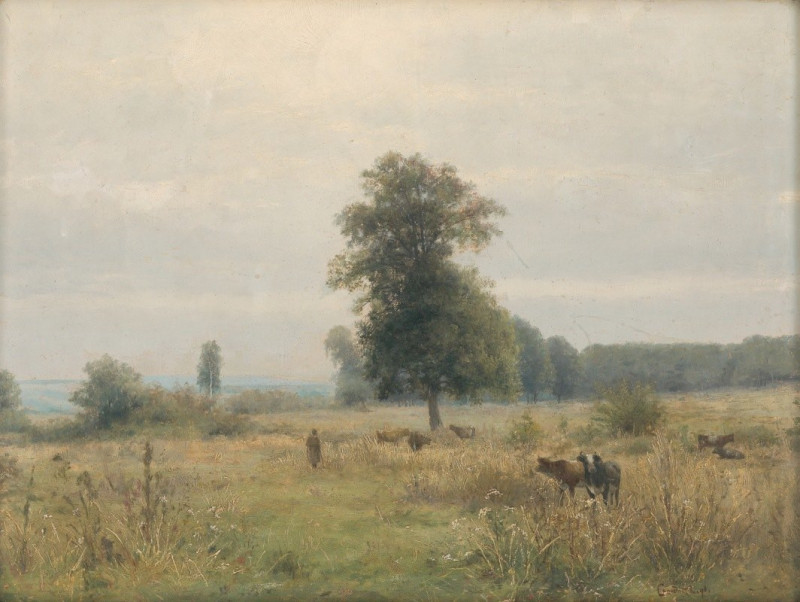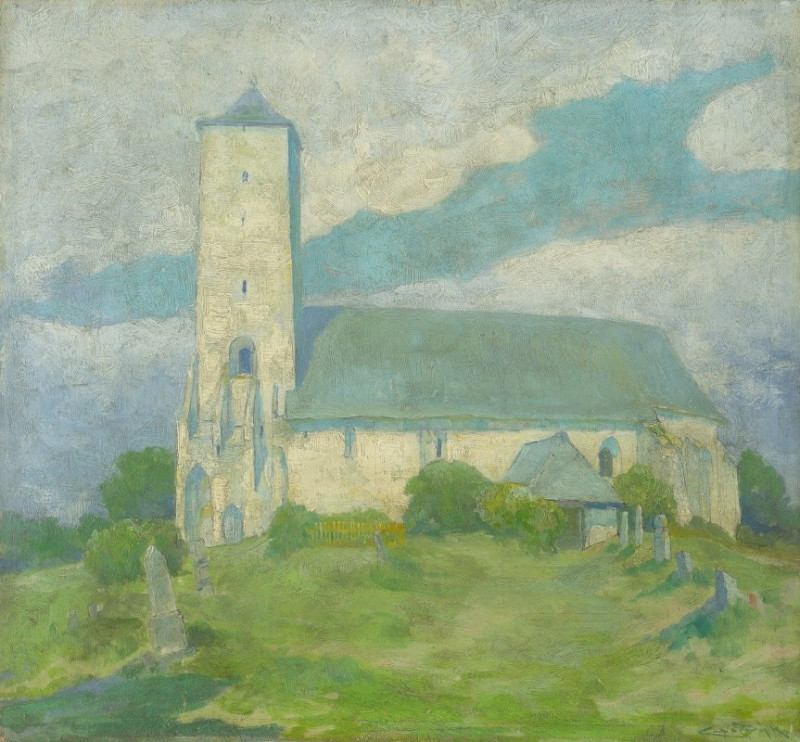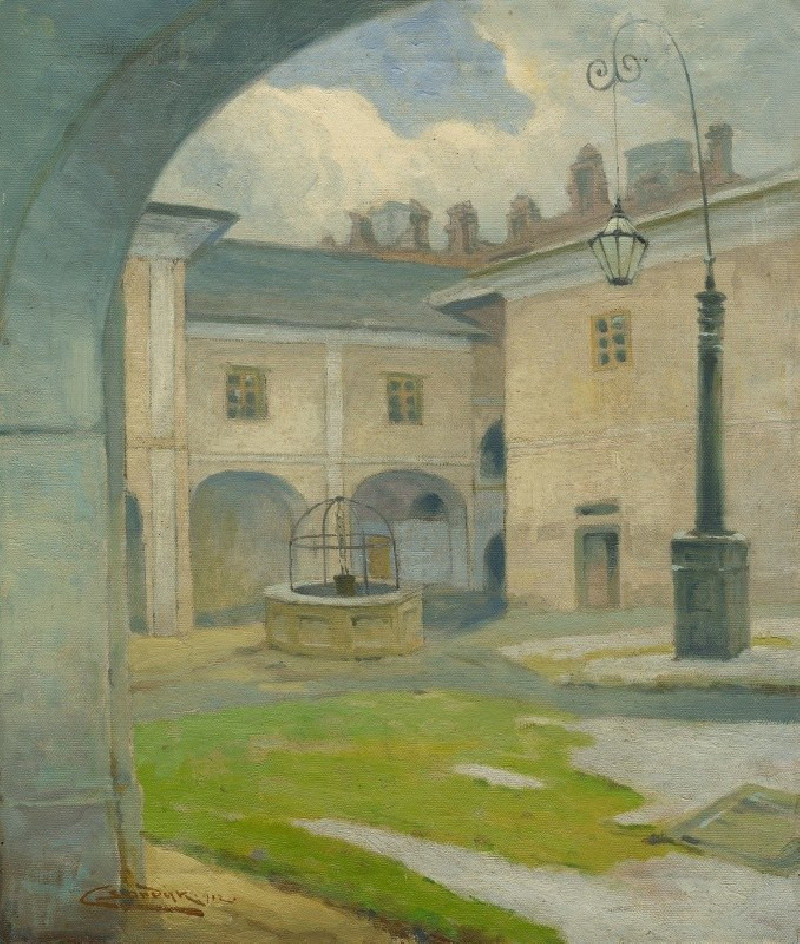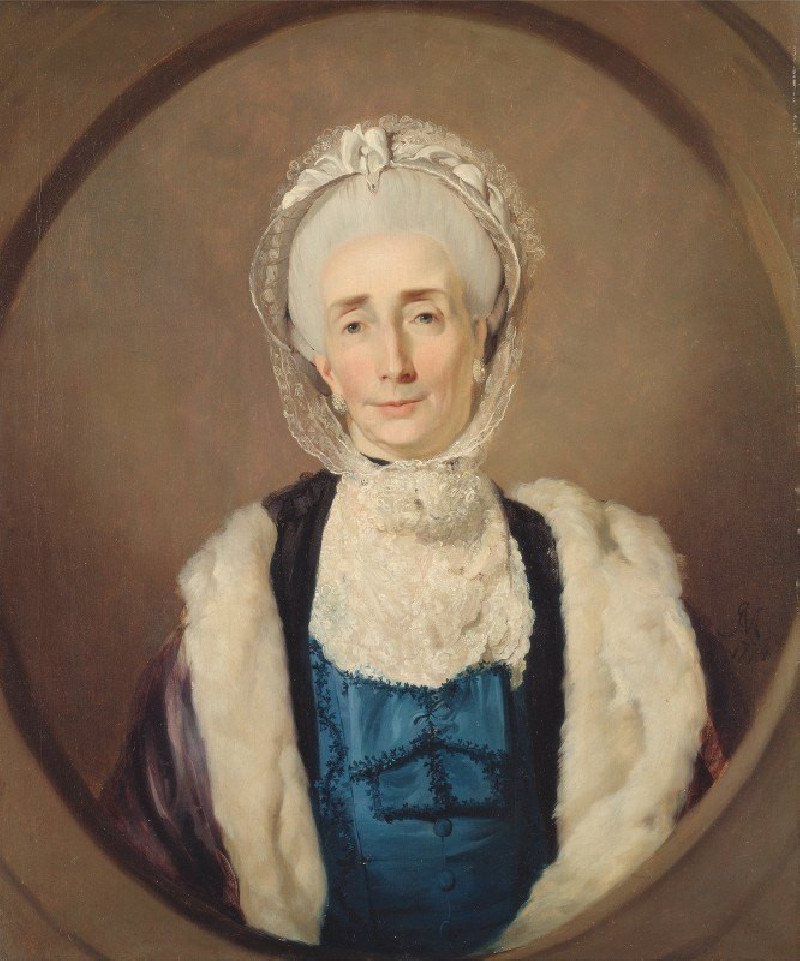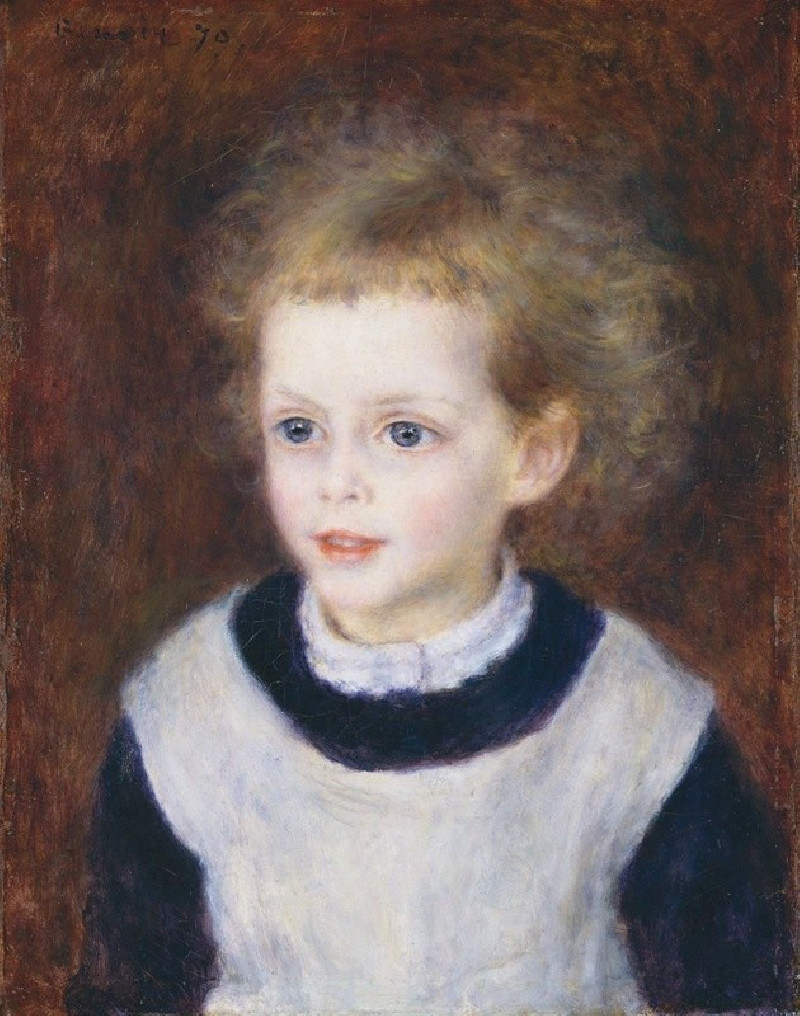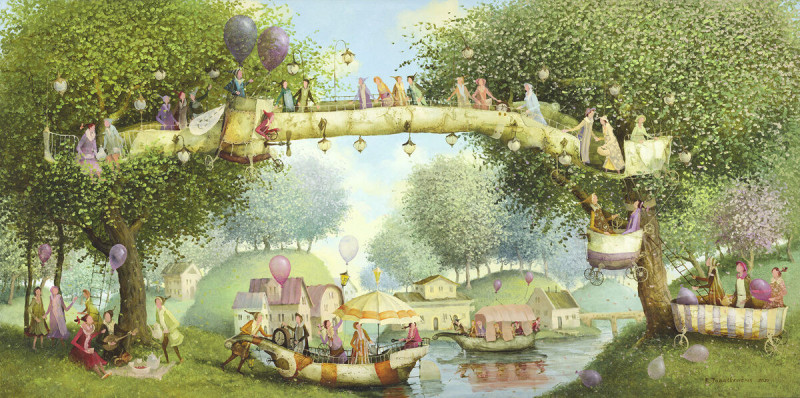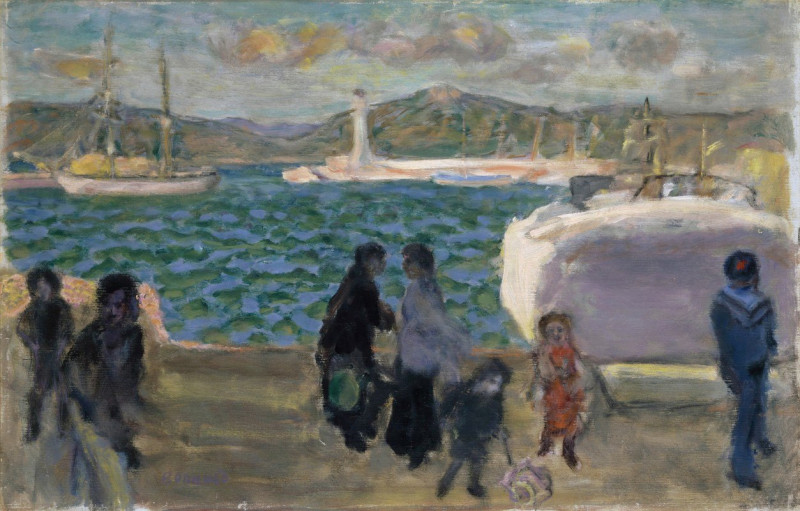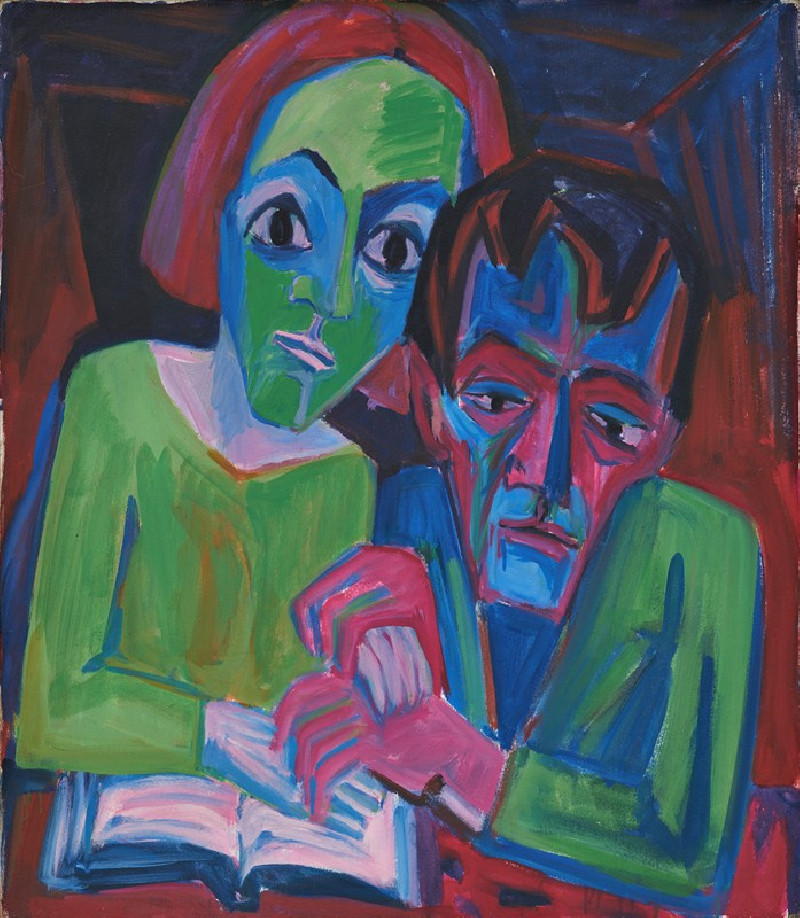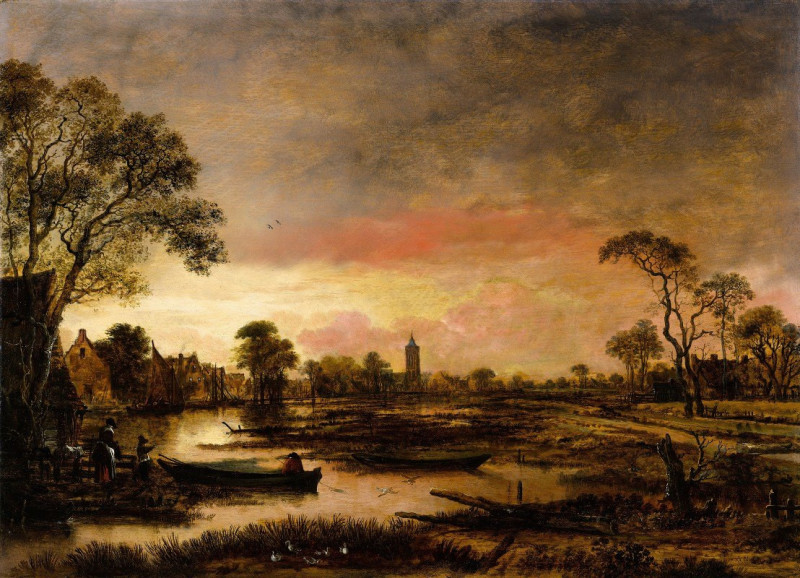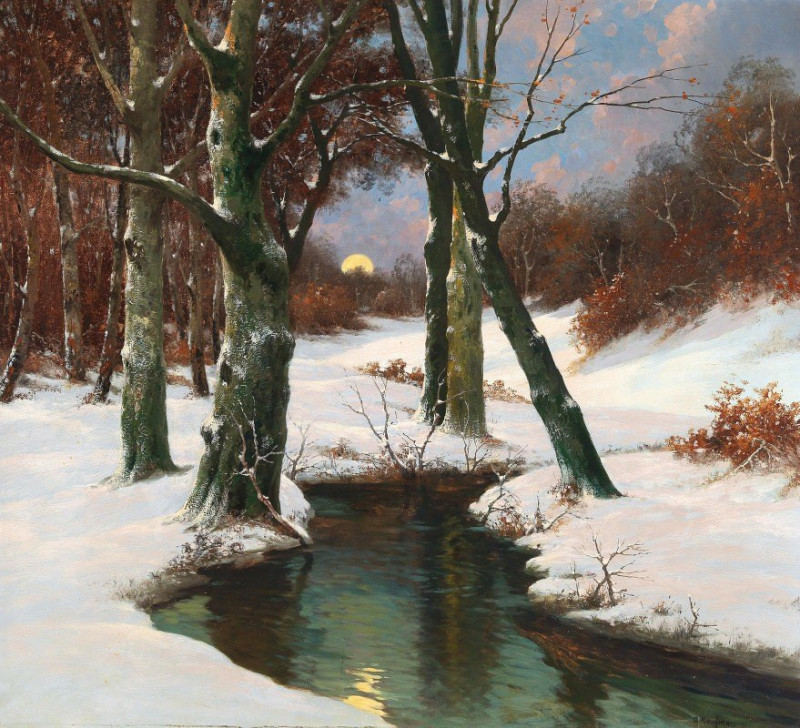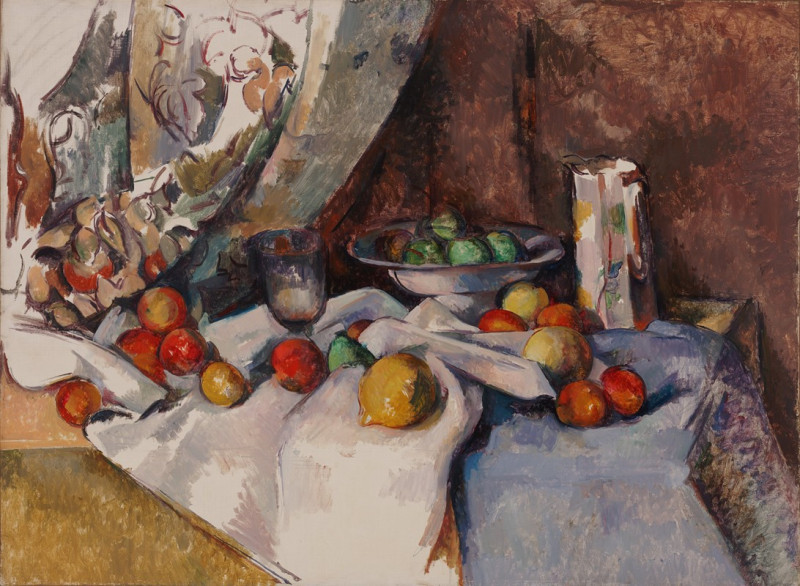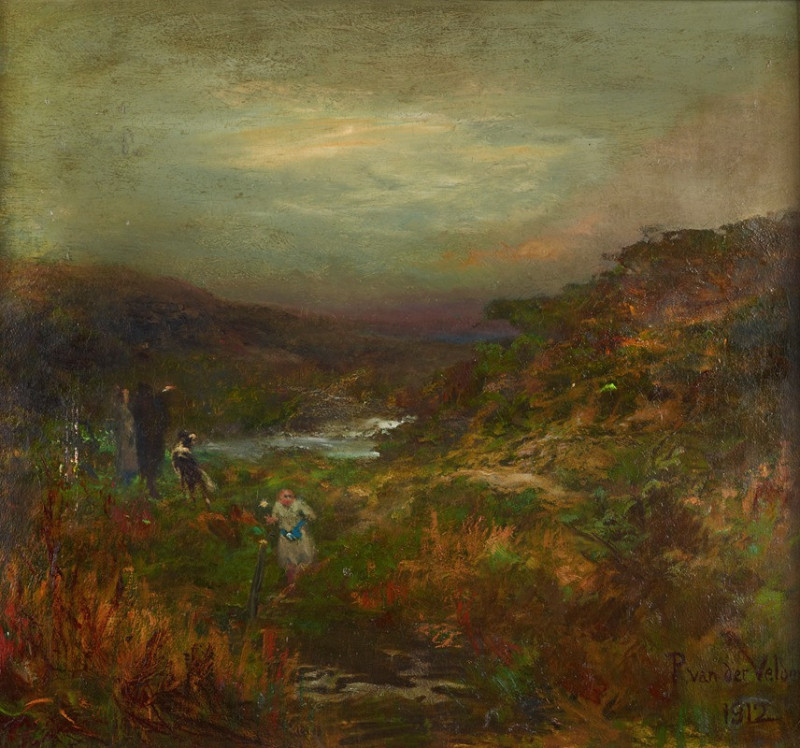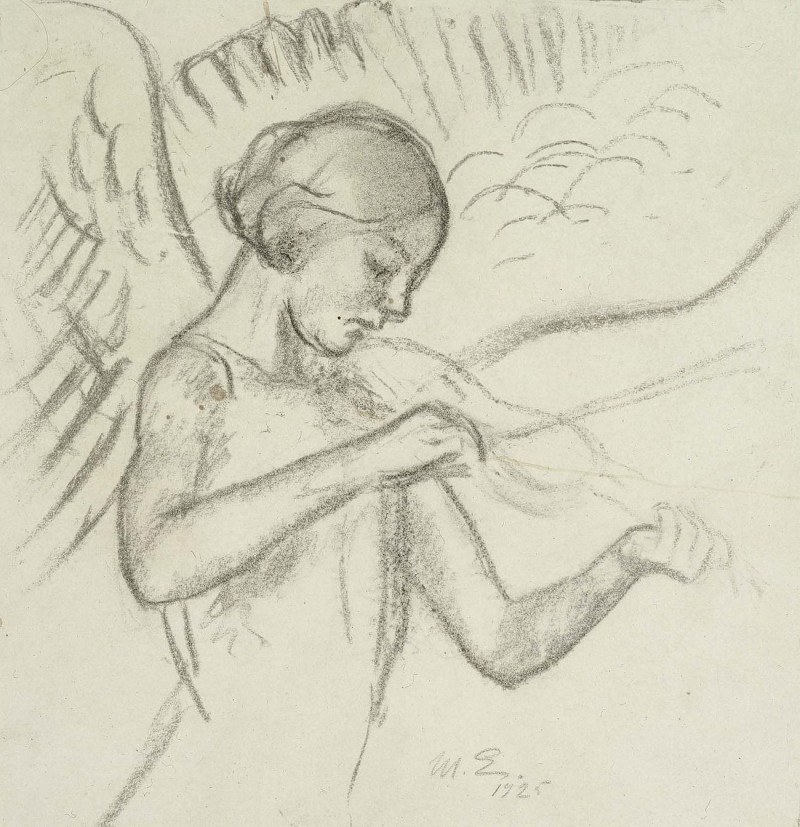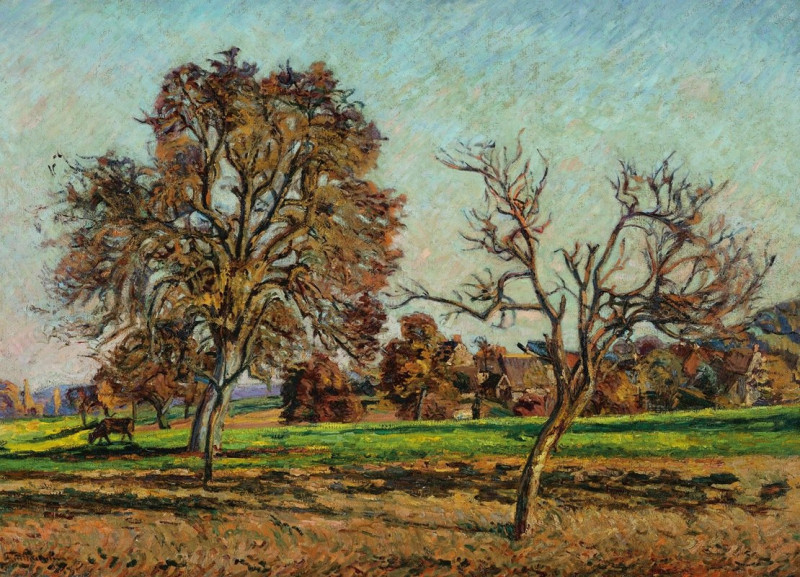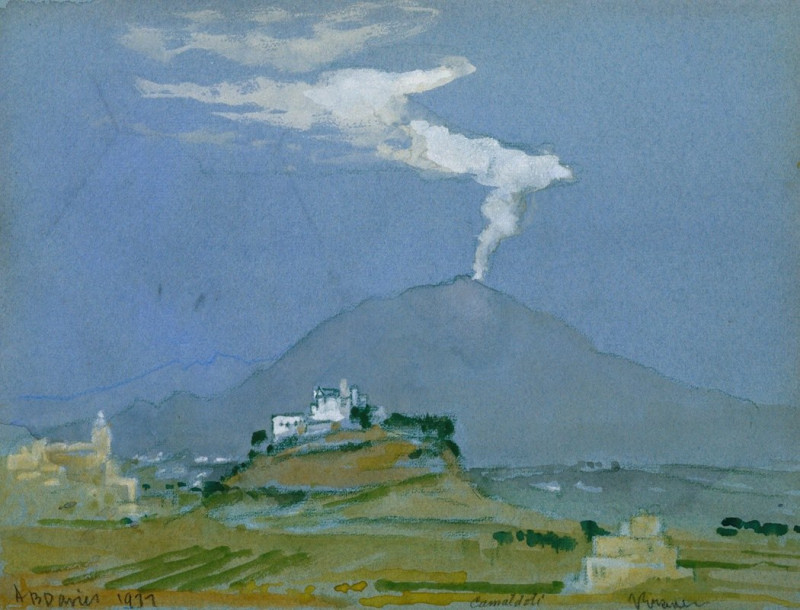Wooden bridge (1910–1920)
Technique: Giclée quality print
Recommended by our customers
More about this artwork
Welcome to a visual journey through time and art with Ľudovít Čordák's painting "Wooden Bridge" from the early 20th century. This delicate watercolor illustrates a serene rural scene, capturing the essence of daily life during this period.The painting draws your gaze to a simple yet evocative wooden bridge spanning a tranquil waterway. On the bridge, two women are depicted, perhaps sharing a moment of companionship or conversation, adding a personal, human touch to the serene landscape. Their traditional clothing and the gentle hold of a bundle suggest a narrative rooted in the routines of rural life.Beyond the bridge, the artwork features soft, washed-out colors that portray the rustic architecture of small houses with sloped roofs and a backdrop of autumnal trees. These elements combined offer a glimpse into a peaceful, pastoral setting.Ľudovít Čordák's use of light and shadow, along with his skillful blending of natural hues, conveys a feeling of nostalgia and tranquility. This painting not only highlights the artist’s adeptness with watercolors but also serves as a portal to the lifestyle and scenery of a bygone era.
Delivery
Returns
Ludwig Deutsch was an Austrian painter who settled in Paris and became a noted Orientalist artist.
Details of Ludwig Deutsch's life are obscure. He was born in Vienna in 1855 into a well-established Jewish family. His father Ignaz Deutsch was a financier at the Austrian court. He studied at the Vienna Academy of Fine Arts 1872–1875, then, in 1878, moved to Paris where he became strongly associated with Orientalism.


